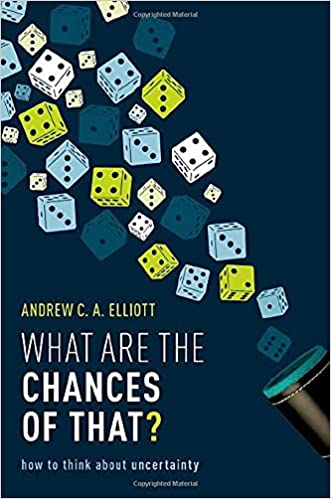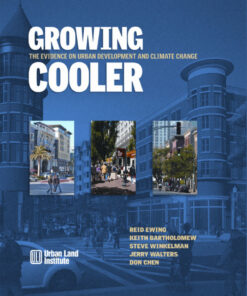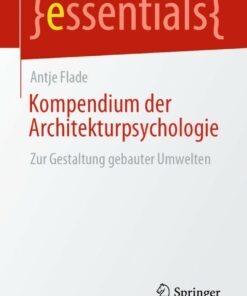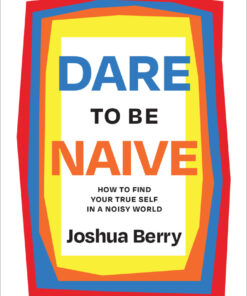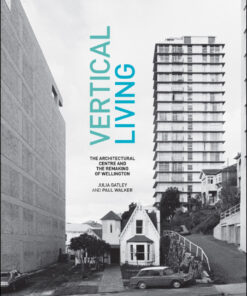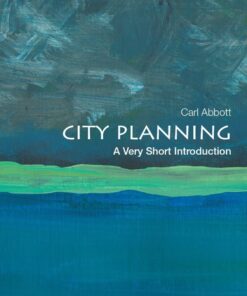What are the Chances of That?: How to Think About Uncertainty eBook
$9.99
Description
Delivery: Can be download immediately after purchasing. For new customer, we need process for verification from 30 mins to 12 hours.
Version: PDF/EPUB. If you need EPUB and MOBI Version, please send contact us.
Compatible Devices: Can be read on any devices
Chance fills every day of our lives and affects every decision we make. Yet, for something woven so closely into the fabric of our being, we are not very good at thinking about uncertainty and risk. In this lively and engaging book, Andrew C. A. Elliott asks why this is so. He picks at the threads and, in showing how our world is built on probability rather than certainty, he identifies five obstacles to thinking about uncertainty that confuse us time after time. Elliott takes us into the casino, but this is not an invitation to gamble. He looks at financial markets, but this is not a guide to investment. There’s discussion of health, but this is not a medical book. He touches on genetics and evolution, and music-making, and writing, because chance is at work there too. Entering many different fields, What are the Chances of That? is always following the trail of chance and randomness. One purpose of the book is to go cross-country, to show that there are connected ways of thinking that disrespect boundaries and cut across the domains of finance, and gambling, and genetics, and public health, and creativity. Through it, one visits the vantage points that give a broad view of the landscape and sees how these different areas of life and knowledge are connected – through chance. What are the Chances of That? discusses chance and the importance of understanding how it affects our lives. It goes beyond a mathematical approach to the subject, showing how our thinking about chance and uncertainty has been shaped by history and culture, and only relatively recently by the mathematical theory of probability. In considering how we think about uncertainty, Elliott proposes five ?dualities? that encapsulate many of the ambiguities that arise.

